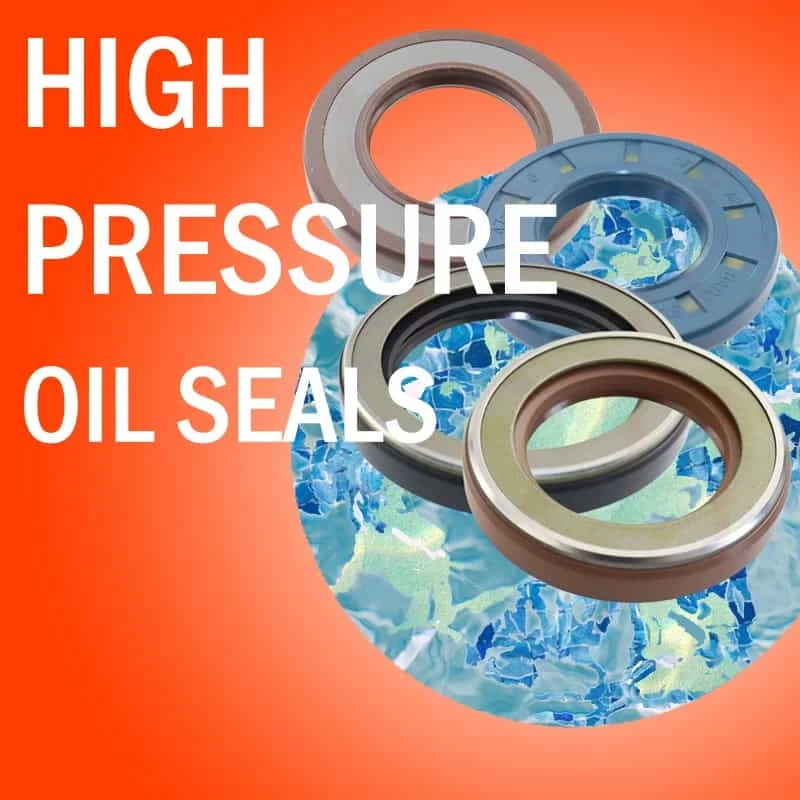Oct . 22, 2024 13:16 Back to list
Effective Solutions for Wiper Ring Seal Performance and Maintenance Strategies
Understanding the Wiper Ring Seal An Essential Component in Fluid Systems
In the realm of mechanical engineering and manufacturing, the importance of seals cannot be overstated. Among these, the wiper ring seal is a critical element, often overlooked but vital in ensuring the reliable operation of various machines and systems. This article delves into the function, types, materials, and applications of wiper ring seals, shedding light on why they are indispensable in fluid control systems.
What is a Wiper Ring Seal?
A wiper ring seal, also known as a wiper seal or scraper seal, is primarily designed to prevent the ingress of contaminants while simultaneously maintaining the integrity of the fluid within a system. It is typically positioned on the dynamic part of a hydraulic or pneumatic cylinder where it acts as a barrier against dirt, dust, and moisture. The wiper ring ensures that these potentially damaging substances do not enter the cylinder, which could lead to premature wear and failure of the system.
Function and Importance
The primary function of a wiper ring seal is to keep the internal environment clean, thereby prolonging the life of components such as rods and pistons within hydraulic systems. When contaminants enter the system, they can cause significant damage to precision parts, leading to leakage, decreased efficiency, and costly downtime in operations. By effectively sealing and wiping away debris on the entry point, wiper rings significantly enhance reliability and performance in various applications.
Types of Wiper Ring Seals
Wiper rings come in various designs and materials, tailored to meet specific operational requirements. They can generally be categorized into two types
1. Static Wiper Seals These are used in applications where there is minimal movement between components. They effectively block contaminants while providing a sealing function.
2. Dynamic Wiper Seals Designed for applications where there is continuous movement, dynamic wiper seals adapt to the motion of components and ensure a consistent sealing action.
wiper ring seal

The design of the wiper can also vary, with some featuring a lip that is angled or contoured to enhance the wiping action. This design consideration is crucial for optimizing sealing performance and minimizing wear on the seal itself.
Materials Used in Wiper Ring Seals
The choice of material for wiper ring seals is pivotal to their performance. Common materials include
- Nitrile Rubber (NBR) This is one of the most widely used elastomers due to its excellent resistance to oil and fuel. - Polyurethane Known for its superior wear resistance and flexibility, making it ideal for high-performance applications. - PTFE (Teflon) Offers outstanding chemical resistance and is suitable for extreme temperature applications. It is often used in environments where other materials would fail.
The selection of the right material is dependent on factors such as the type of fluid, operating temperature, pressure conditions, and potential exposure to chemicals.
Applications
Wiper ring seals are used in a wide range of applications across various industries. Common examples include
- Hydraulic cylinders Essential in construction and manufacturing equipment, wiper seals protect against dust and moisture. - Pneumatic systems In automotive applications, wiper rings prevent contaminants from entering the cylinders that control air pressure systems. - Robotics Keeping mechanical arms and joints clean and functioning properly is crucial for performance in automated systems.
Conclusion
Wiper ring seals may be small components, but their impact on the longevity and efficiency of mechanical systems is profound. By preventing contaminants from entering critical areas, they ensure that machines run smoothly and reliably. As industries continue to evolve and demand greater precision and durability in their equipment, the importance of high-quality wiper ring seals will only continue to grow. Understanding their design, function, and application is essential for anyone involved in the maintenance and operation of fluid control systems.
-
TCN Oil Seal Metal Ring Reinforcement for Heavy Machinery
NewsJul.25,2025
-
Rotary Lip Seal Spring-Loaded Design for High-Speed Applications
NewsJul.25,2025
-
Hydraulic Cylinder Seals Polyurethane Material for High-Impact Jobs
NewsJul.25,2025
-
High Pressure Oil Seal Polyurethane Coating Wear Resistance
NewsJul.25,2025
-
Dust Proof Seal Double Lip Design for Construction Equipment
NewsJul.25,2025
-
Hub Seal Polyurethane Wear Resistance in Agricultural Vehicles
NewsJul.25,2025
-
The Trans-formative Journey of Wheel Hub Oil Seals
NewsJun.06,2025
Products categories
















